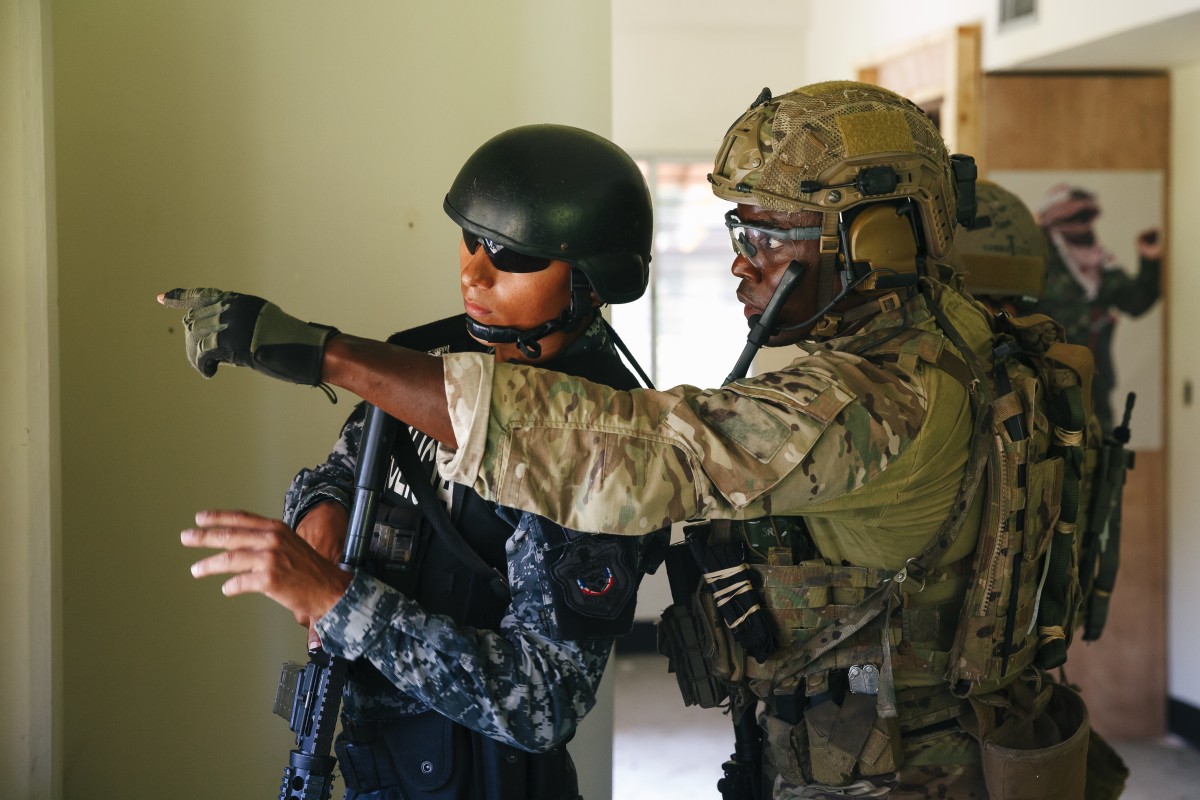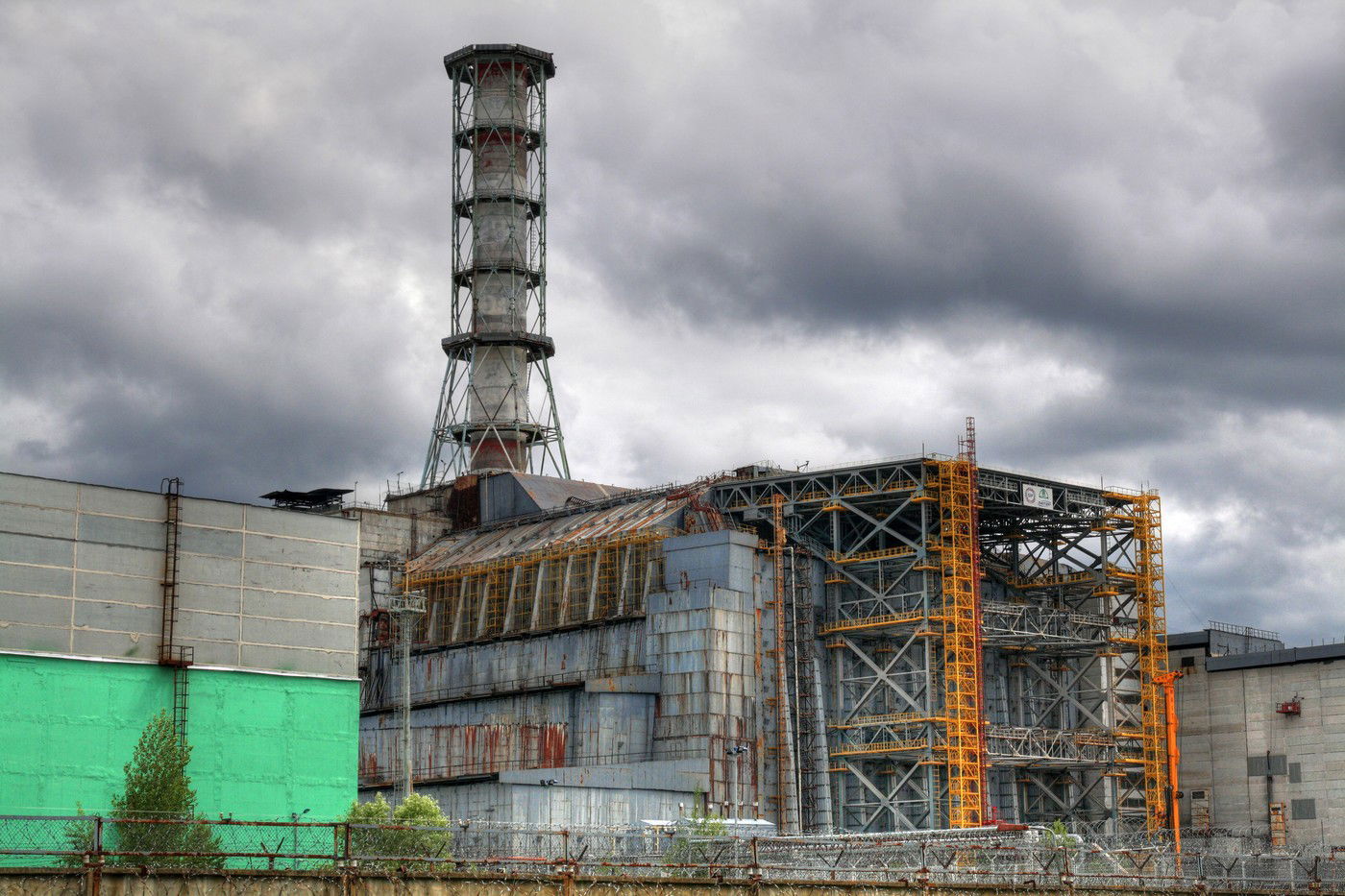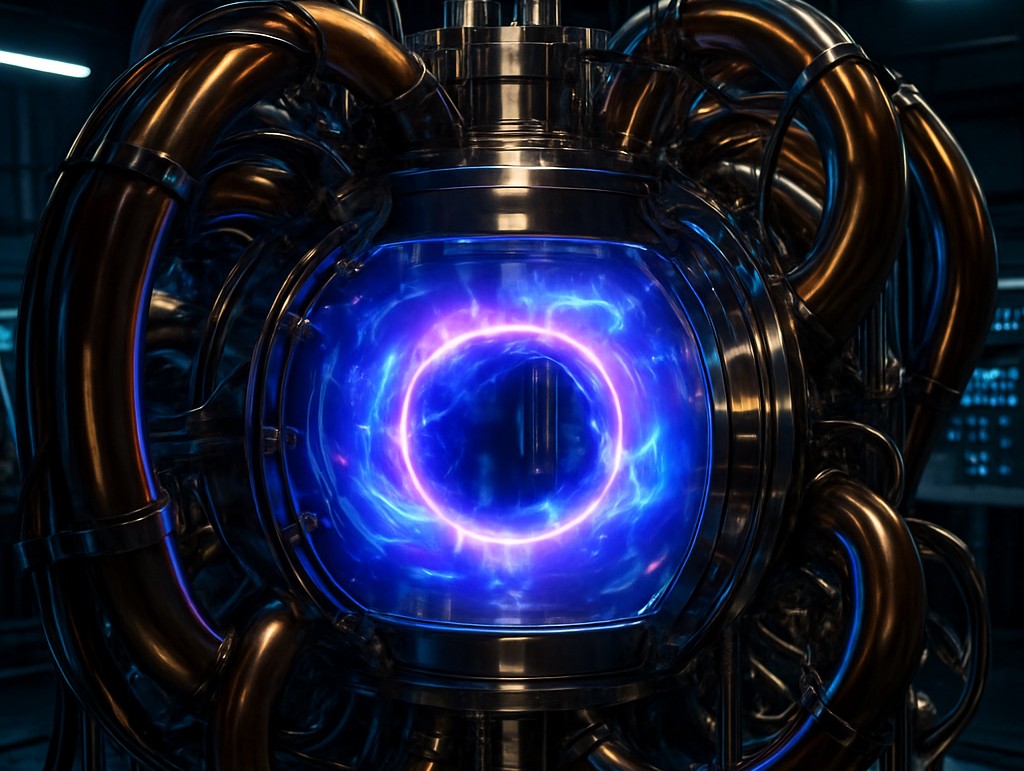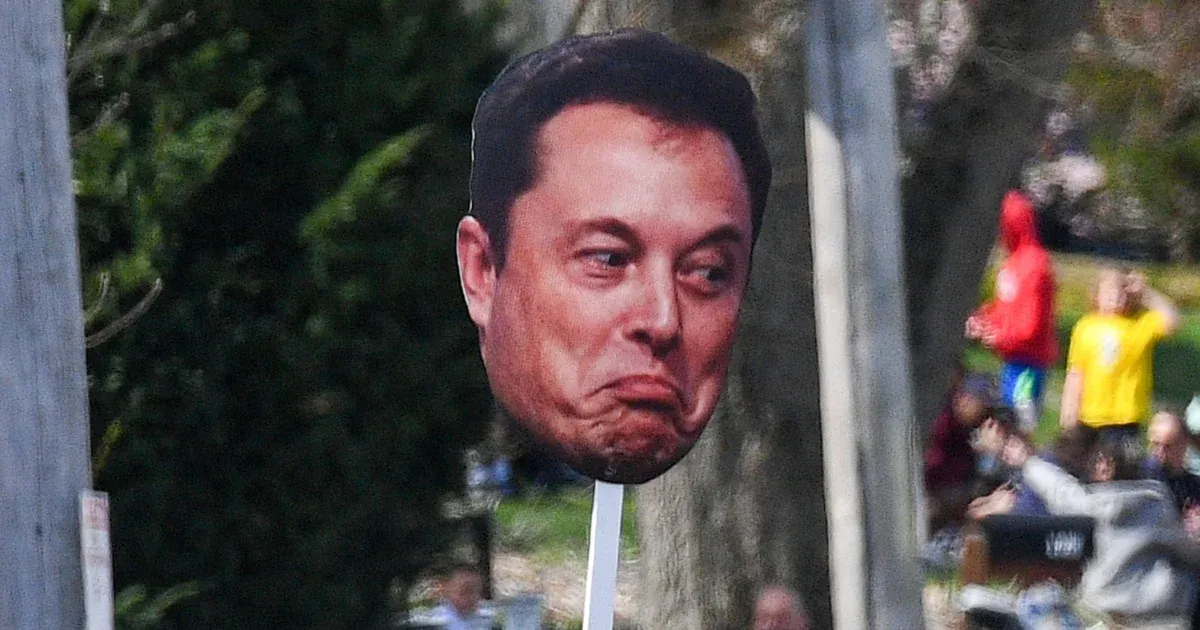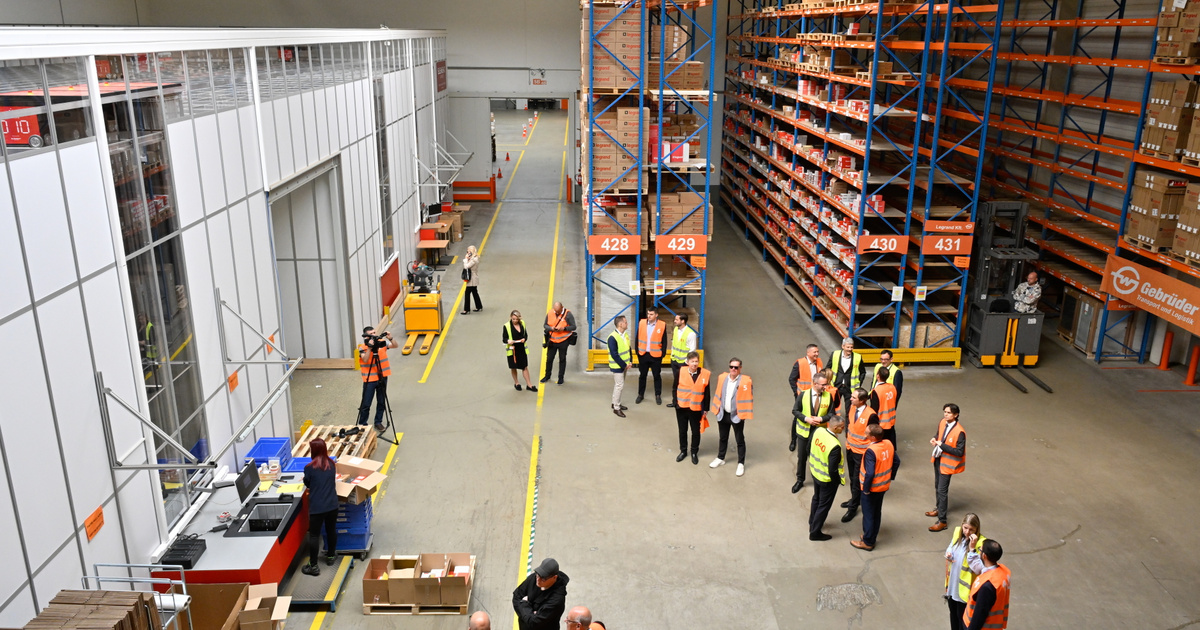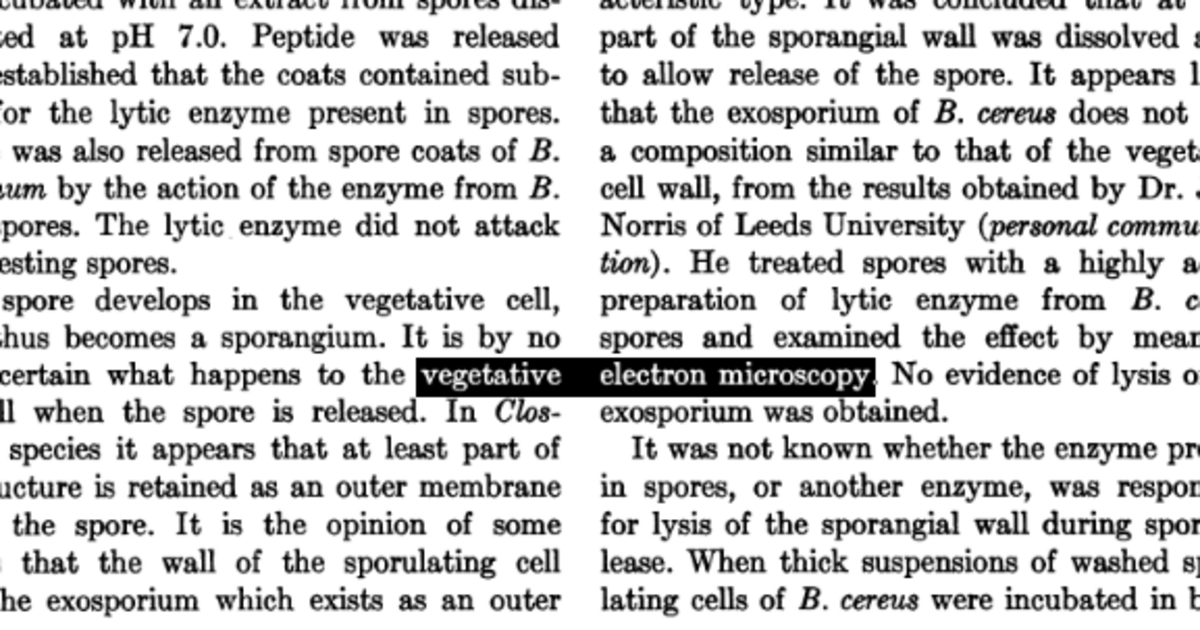There are currently 44 active astronauts at NASA, but the number could drop further this year if they leave the office. The number of NASA astronauts reached an all-time high in 2000, when they numbered 150 active members, he recalls. Space scientist.
Now, twenty years later, the number of astronauts is down to levels not seen since the 1970s.
The staff will be replaced by the recruitment and training of new spacecraft students, as we wrote earlier, and members of the deep space mission teams have already been selected and their training has begun. The training will last for two years, and the first assignment for the newcomers may take place in 2024, but by that time the number of currently active crew members is also expected to decrease. Based on internal NASA analyzes, the 2022 and 2023 fiscal years are expected to be the worst, with fewer people working for the agency than expected, and the Artemis missions returning to the Moon may be understaffed.
Artemis-2 and Artemis-3 flights are expected in 2024 and 2025, and journalists fear the long timing will make the selection and training of astronauts more convenient. They also complain that a two-year educational course was organized, while previously ISS participants had studied and practiced for five years before it was published.
The report also points to the fact that NASA reduced the number of “safety reserves” by ten percent (from 25 percent to 15 percent) in 2014 as a cause of the problem. However, the reason for the reduction is ambiguous, with incomplete documentation of the decision, which does not explain the exact reason. The margin of safety must be taken literally, and the role of these astronauts is to reduce the number of people on active duty in the event of unexpected health problems, an unexpected leak, or any other reason,
Be the one to replace them.
As the ISS program nears its end by the end of the decade, they expect an even stronger leak from the agency, but note that experienced astronauts will now be needed for future developments. According to the published report, it is also unacceptable in NASA practice that comprehensive demographic information is not available on the agency’s astronauts, while it may be needed during Artemis missions.
The report does not specify the exact number of the NASA astronautics team, but it strongly recommends reviewing the 15 percent margin of safety and identifying proposals for more data collection, training and new guidance. The US space agency accepted the proposals, their promise They will be followed.
(Cover Image: NASA Center Florida. Photo: Mark Wilson/Getty Images)




